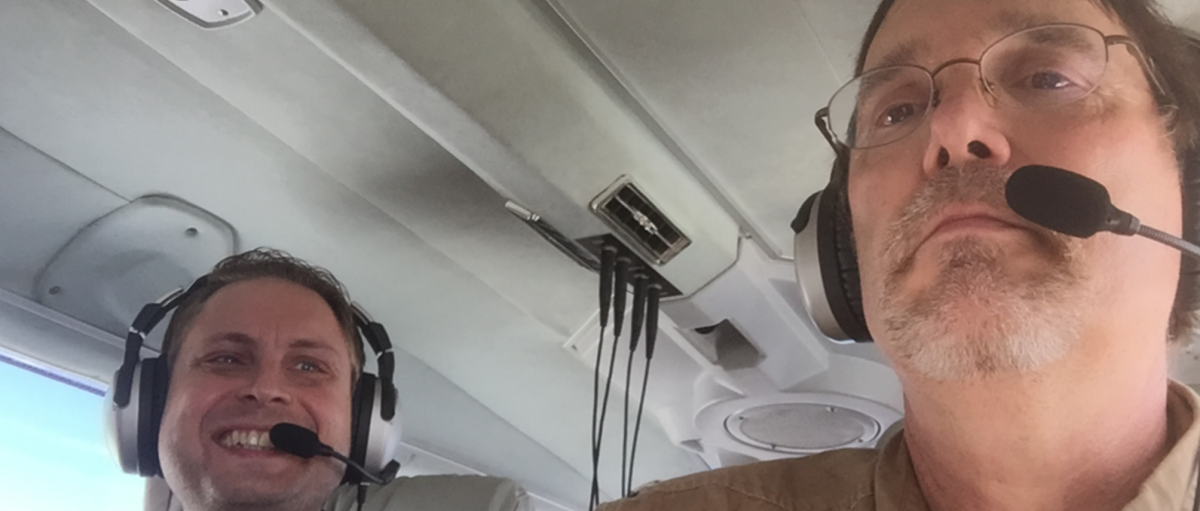Taking Flight CALMIT's Airborne Platform

CALMIT’s airborne research program, with its particular combination of hyperspectral, thermal, and chlorophyll fluorescence imaging systems provides a unique ability to detect subtle aspects of plant health and function (e.g. early stress detection). The primary instrument packages include an imaging spectrometer (AISA Eagle, Specim), imaging fluorometer (IBIS, Specim), and thermal camera (IR-TCM HD1024 Jenoptik). While the primary focus is research, the CALMIT airplane and airborne instruments are also available as a service on a cost basis. The CALMIT airplane (Piper Saratoga) is also available as a test facility for airborne instrument trials.
The airborne program was funded through grants awarded by the National Science Foundation and National Aeronautics and Space Administration, the Center for Advanced Land Management Information Technologies (CALMIT), in cooperation with the UNL Department of Electrical Engineering and the UNO Aviation Institute, collectively known as the Nebraska Airborne Remote Sensing Program (NARSP), has developed an aerial remote sensing research platform.
Airborne imagery collection services are available to interested researchers at the university service center approved rate of $1200/hour (see line 811 of the linked spreadsheet download available under "Approved Service Center Rates").
Airborne capabilities were recently showcased at CALMIT's Science and Application of Chlorophyll Fluorescence Meeting.
